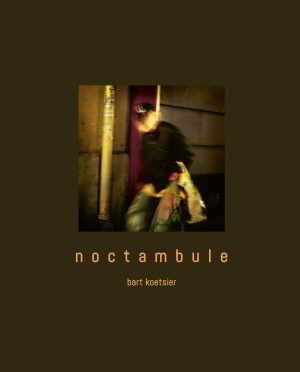actuele boeken
-
 Mariet Dingemans
Mariet DingemansOne shower a week
€50,00 Nu kopen -
 René Erven
René ErvenEindhoven en de city
€29,95 Nu kopen -
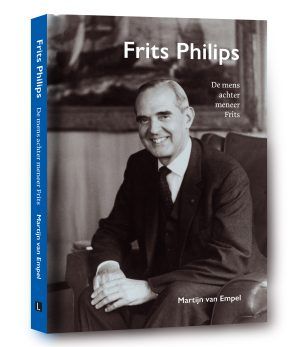 Martijn van Empel
Martijn van EmpelFrits Philips
€27,50 Nu kopen -
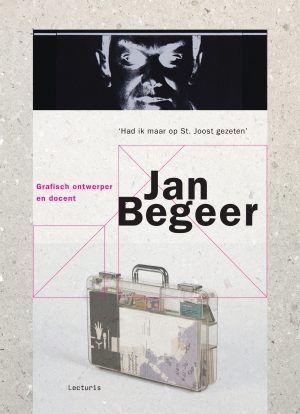 Dingenus van de Vrie
Dingenus van de VrieJan Begeer
€29,95 Nu kopen -
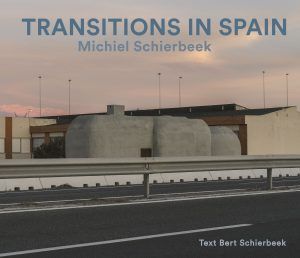 Michiel Schierbeek en Bert Schierbeek
Michiel Schierbeek en Bert SchierbeekTransitions in Spain
€40,00 Nu kopen -
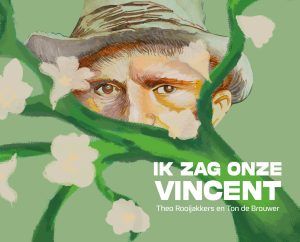 Theo Rooijakkers en Ton de Brouwer
Theo Rooijakkers en Ton de BrouwerIk zag onze Vincent
€14,95 Nu kopen -
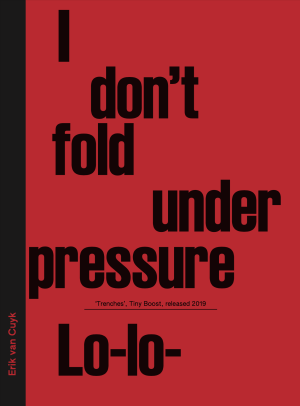 Erik van Cuyk i.s.m. Ellen Sanders (edit)
Erik van Cuyk i.s.m. Ellen Sanders (edit)I don’t fold under pressure
€35,00 Nu kopen -
 Robin Butter
Robin ButterDrakeblood
€45,00 Nu kopen -
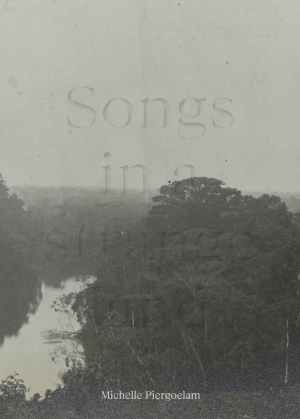 Michelle Piergoelam
Michelle PiergoelamSongs in a Strange Land
€42,50 Nu kopen -
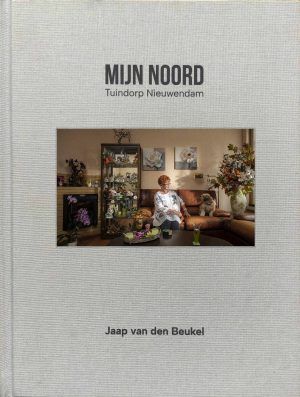 Jaap van den Beukel en Christian de Bruijn (redactie en eindredactie)
Jaap van den Beukel en Christian de Bruijn (redactie en eindredactie)Mijn Noord
€55,00 Nu kopen -
 Pauline Roelants en Maarten van der Put
Pauline Roelants en Maarten van der PutUnited Cowboys
€45,00 Nu kopen -
 Jos Hüsken en Bauke Hüsken
Jos Hüsken en Bauke HüskenEindhoven staat op de kaart
€49,95 Nu kopen -
 Venus Veldhoen, Naomi Heidinga, Leo Divendal
Venus Veldhoen, Naomi Heidinga, Leo DivendalVenus Veldhoen
€40,00 Nu kopen -
 Bert Spiertz, Olaf Tempelman
Bert Spiertz, Olaf TempelmanTales from the Black Sea
€35,00 Nu kopen -
 Chas Gerretsen
Chas GerretsenChile
€45,00 Nu kopen -
 Godfried Nevels
Godfried NevelsGeorge Michael
€35,00 Nu kopen -
 Kim A. Poldner, Kristine H. Harper
Kim A. Poldner, Kristine H. HarperLove Letters to my Clothes
€35,00 Nu kopen -
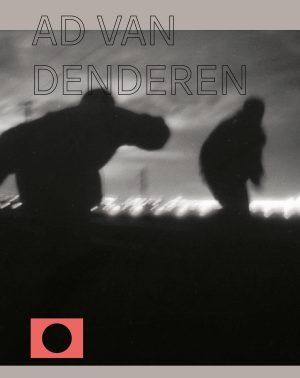 Ad van Denderen, Birgit Donker, Bianca Stigter, Jenny Smets en Frits Gierstberg
Ad van Denderen, Birgit Donker, Bianca Stigter, Jenny Smets en Frits GierstbergOnderweg, Ad van Denderen
€45,00 Nu kopen -
 Marianne Baan
Marianne BaanLotus
€45,00 Nu kopen -
 Ad van Denderen, Birgit Donker, Bianca Stigter, Jenny Smets en Frits Gierstberg
Ad van Denderen, Birgit Donker, Bianca Stigter, Jenny Smets en Frits GierstbergEn Route, Ad van Denderen (Engels)
€45,00 Nu kopen -
 Roel de Oude
Roel de OudeDelft in Winterlight
€27,50 Nu kopen -
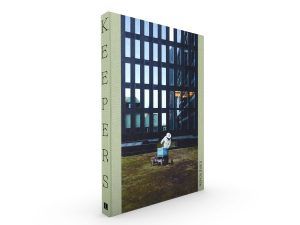 Jurre Rompa
Jurre RompaKEEPERS
€38,50 Nu kopen -
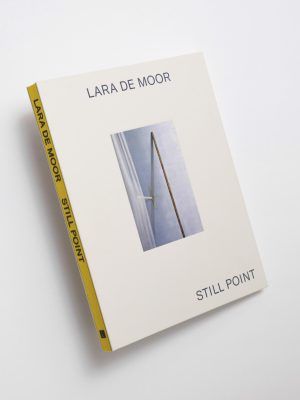 Lara de Moor, Jurriaan Benschop
Lara de Moor, Jurriaan BenschopStill Point, Lara de Moor
€40,00 Nu kopen -
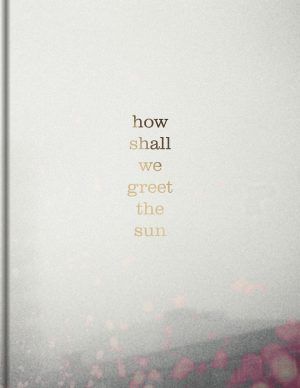 Thana Faroq
Thana Faroqhow shall we greet the sun
€28,00 Nu kopen -
 Tara Wray
Tara WrayBook of Sons – limited edition
€65,00 Nu kopen -
Aanbieding!
 Marinke Steenhuis, Paul Meurs, Vita Teunissen
Marinke Steenhuis, Paul Meurs, Vita TeunissenThe Green Heart (Engelse versie)
€39,95 Nu kopen -
Aanbieding!
 Marinke Steenhuis, Paul Meurs, Vita Teunissen
Marinke Steenhuis, Paul Meurs, Vita TeunissenHet Groene Hart
€39,95 Nu kopen -
 Bert Tip
Bert TipPhilips in Nederland
€45,00 Nu kopen -
 Marijke A. Deege
Marijke A. DeegeAlles heeft zijn tijd
€35,00 Nu kopen

